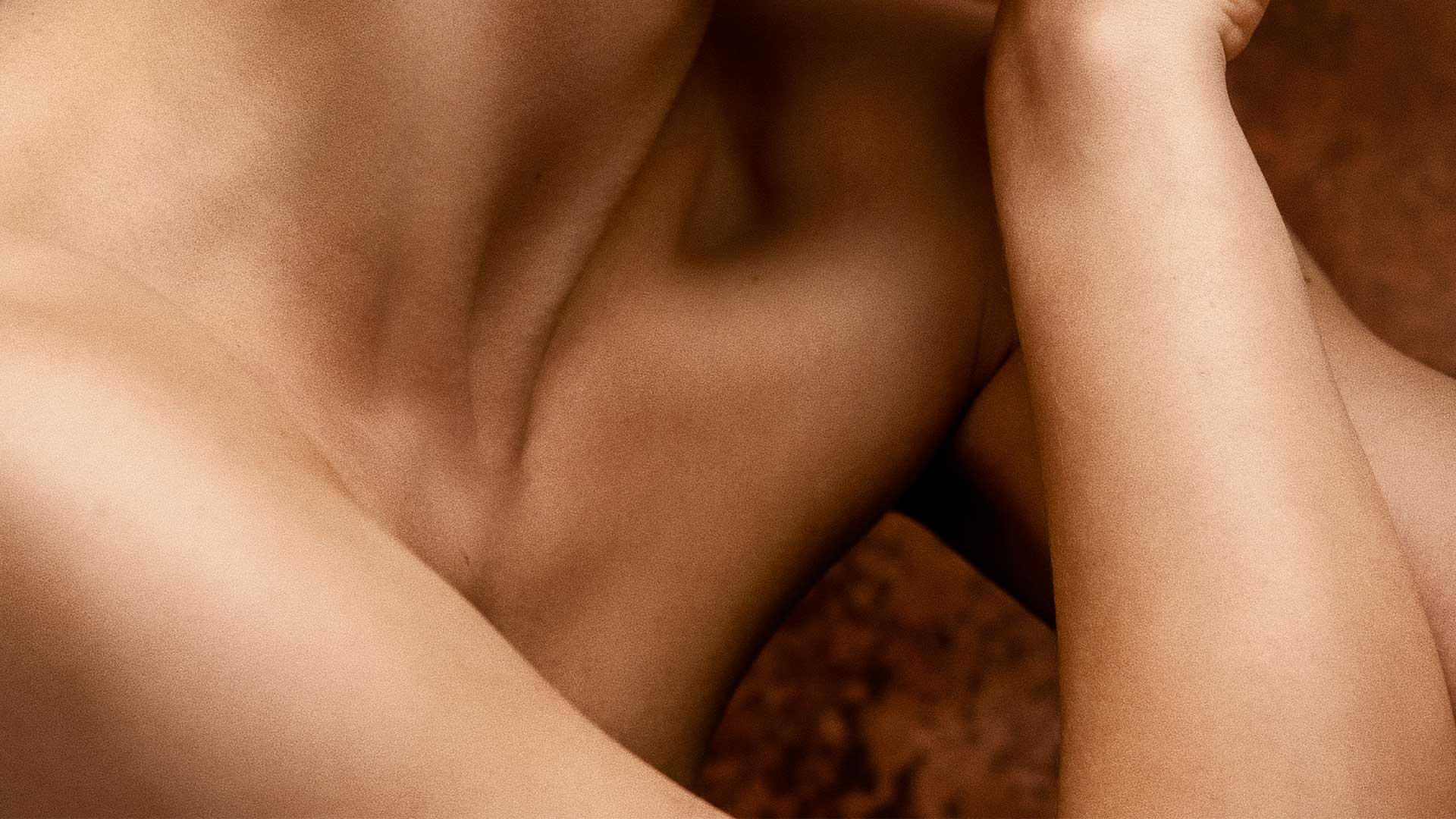TREATMENT
Sclerotherapy
What is Sclerotherapy?
Sclerotherapy is a minimally invasive medical procedure employed primarily in the treatment of varicose and spider veins. It involves the injection of a specialized solution, typically a sclerosing agent, directly into the affected veins. This solution irritates the lining of the targeted veins, causing them to collapse and eventually fade from view. Sclerotherapy is often utilized as a cosmetic procedure to improve the appearance of unsightly veins, but it can also be used to alleviate symptoms associated with venous insufficiency, such as pain, swelling, and discomfort. The procedure is performed under local anesthesia in an outpatient setting, and multiple sessions may be required for optimal results, depending on the severity and extent of the venous condition being treated.

Skinstitute FAQ
An irritant solution (sclerosant) is injected directly in to the blood vessel with a very fine needle. Pressure is applied to the area using compression stockings for ten days to collapse the vessels preventing fresh blood from flowing through. The body will metabolise (break down) the perished vessel over the course of a few weeks/months. This procedure has been used for spider veins since the 1930’s. Depending on its size, a single vessel may have to be injected more than once.
You must wear the stockings daily for the length of time prescribed but the longer you wear them the better the results.
Lasers:
Lasers can be used for the treatment of leg veins. The success rate is lower than sclerotherapy and they are generally more painful. Endovenous lasers (inserted inside the vessels) are a great option for treating varicous veins. Lasers are the treatment of choice for treating abnormal blood vessels on the face and neck and to treat matting, one of the possible side effects of sclerotherapy.
Surgery:
Surgical “stripping” of larger varicous veins is sometimes recommended. Special procedures, such as ultrasound-guided sclerotherapy, may be performed by specialists in difficult cases. A referral will be given to you if deemed necessary.
Even in experienced hands, some complications can occur, but the serious ones are rare.
- Bruising
- At injection sites. These will disappear in 1-2 weeks.
- Redness
- Swelling, tenderness occur in all cases and resolve after a few days.
- Staining
- Of the skin is the appearance of brown marks on the skin caused by iron pigment leakage from blood cells. They fade slowly but can persist for many months or even cause some permanent mild marks. To minimise the risk of this side effect, do not take any vitamin, iron, Aspirin, a week before and until 3 weeks after the treatment sessions are completed.
- Matting
- Is the development of a network of very fine blood vessels near the site of the injections, which may appear like a bruise that doesn’t go away. Some resolve spontaneously, some require injection treatment or IPL/laser and few persist.
Skinstitute
Pricing
Book a Free consultation with our medical professional to discuss your specific situation and discuss the best treatment option for you.

